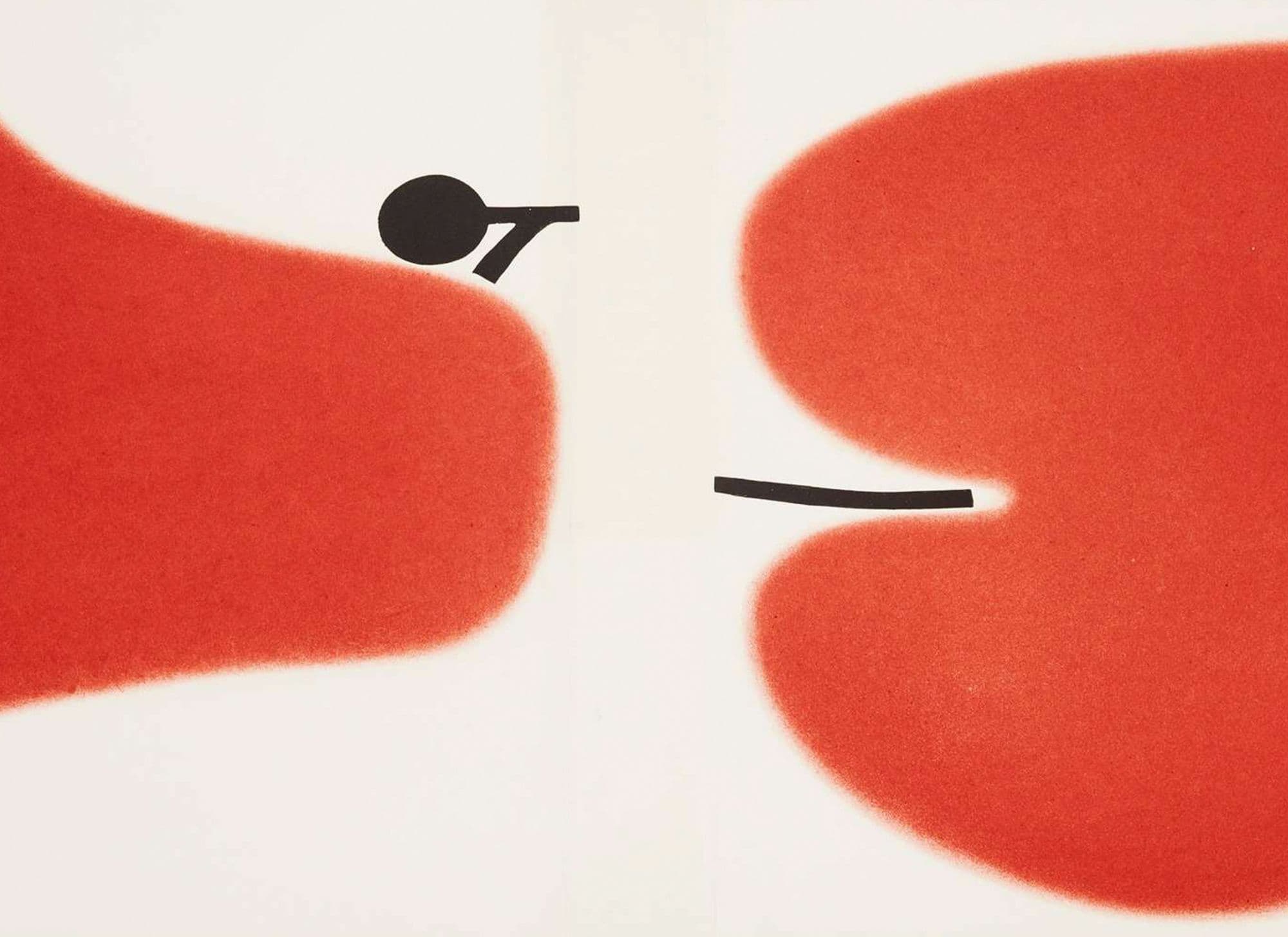John Hoyland was a pioneering figure within Modern British Art, known for his unwavering dedication to abstraction over a six-decade career. Emerging at a time when figurative painting still dominated the British art scene, Hoyland helped to redefine the landscape of Modern British Art by embracing the influence of American Abstract Expressionism and developing a bold, non-figurative visual language rooted in colour, emotion, and intuition.
John Hoyland is one of Britain’s leading abstract painters and was dedicated to a non-figurative approach over a career spanning six decades.
American Abstract Expression was a key influence in the 1950s and 60s, and by the close of his art-school training in 1960 he was converted enough to hang an entire show of abstract paintings. They were removed by order of the President of the Royal Academy, and he had to be awarded his diploma on the basis of his previous, figurative work instead. But Hoyland had found his approach, feeling that non-figurative imagery had ‘the potential for the most advanced depth of feeling and meaning.’
Hoyland had his first museum exhibition at the Whitechapel in 1967, and the Serpentine staged a key retrospective in 1979-80. He was elected a Royal Academician in 1991, and following his death, Damien Hirst opened his Newport Gallery with an exhibition of his work, citing him as a key influence and artistic hero.
Hoyland’s work was not inspired by the natural world as such, rather by an eclectic interest in everything from the mundane to the esoteric, and a sensory approach to colour:
“Paintings are there to be experienced, they are events. They are also to be meditated on and to be enjoyed by the senses; to be felt through the eye.”
Despite a long-standing commitment to non-figurative painting, Hoyland’s approach did develop and change over the course of his career, moving away from the ‘hard-edge’ that typified British abstract art of the early 1960s, towards a more spontaneous, free-form approach





